Sony’s possible PS6 plans actually make perfect sense
Early information leaks from AMD and game developers point to a smart dual-device strategy that would benefit everyone
KOSTAS FARKONAS
PublishED: August 4, 2025
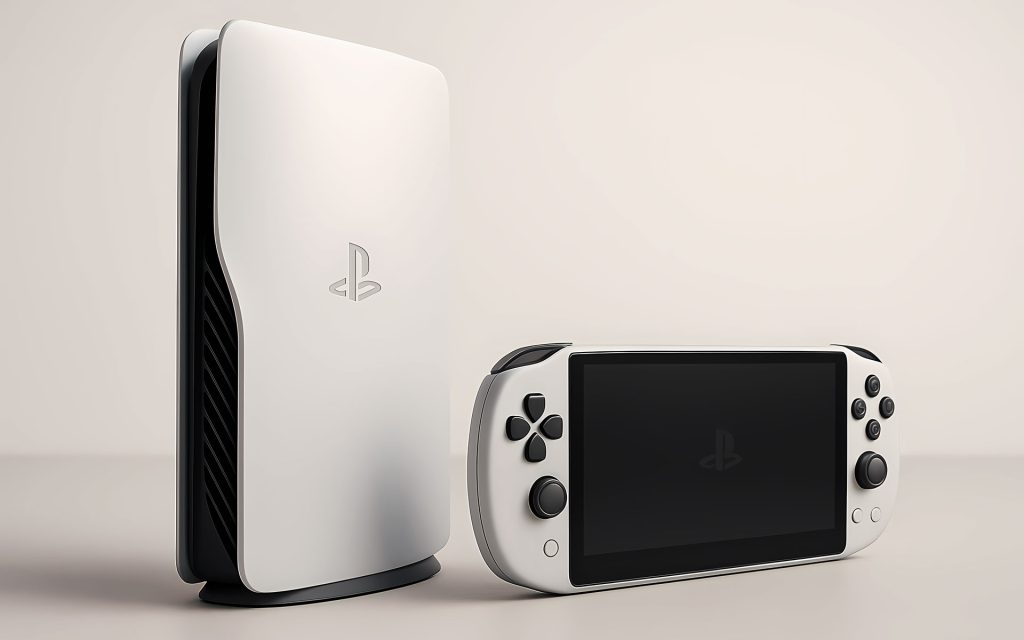
Under normal circumstances it might have been pointless to start talking about the PS6 in mid-2025 – at a time when Sony themselves have released a grand total of four PS5-exclusive games. But both the circumstances under which the current generation of home consoles launched in 2020 and the way things played out in the console space since then have been anything but normal, so… here we are: a few short months before the PS5 enters its sixth year on the market – just as it seems to be getting into its stride – it’s seemingly time to not just wildly speculate about the inevitable PS6 anymore. There’s plausible information now to discuss.
Make no mistake: Sony’s future PlayStation plans have been taking shape for a long time now – the company itself recently confirmed it’s working on the successor to the PS5/PS5 Pro – but, based on what the notable Moore’s Law Is Dead YouTube channel recently published, those plans may turn out to be quite interesting.
What’s more, it makes for a nice change to see that these possible PS6 plans – if executed in the way these information leaks seem to suggest – actually make perfect sense for everyone involved, from Sony and AMD to game developers and consumers. Here’s what these leaked pieces of information are about and what they might mean for PlayStation gamers going forward.
The PS6 home console codenamed “Orion”
What most people will probably be interested in is the successor to the already popular PlayStation5, as it’s pretty much a given we’ll be getting one regardless of whatever else Sony has up its sleeve. Well, Tom of Moore’s Law Is Dead fame seems to have landed (after a few back-and-forth videos about which AMD codenames and chipsets refer to which future products) on the broad hardware specs of the PS6… and they are probably not what some of us were expecting.
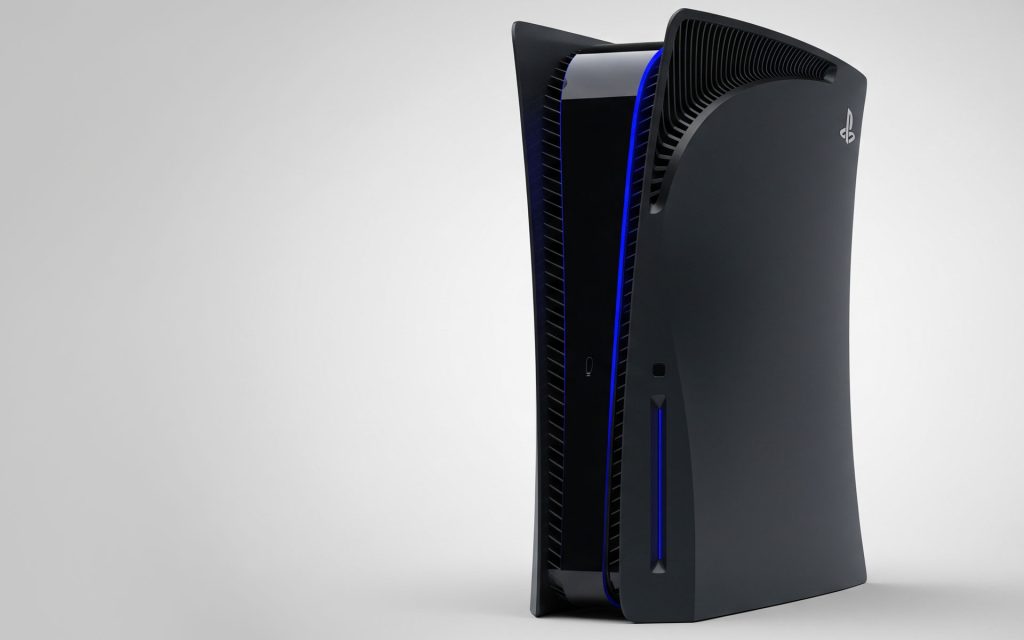
The YouTuber is referring to the PS6 home console as the PlayStation “Orion”, an AMD-powered system based on a CPU of 8 Zen 6 cores and a GPU of 40 to 48 RDNA 5 compute units. It will allegedly work within a 160-Watt power envelope and utilize an unknown amount of GDDR7 memory over an 160-bit or 192-bit bus.
Despite the lower power target, “Orion” should deliver around three times the performance of the original PS5 in raster graphics (more than that in raytraced ones) purely based on the newer, better CPU/GPU architecture utilized. PS6 “Orion” will obviously be backwards compatible with the PS4/PS4 Pro and the PS5/PS5 Pro.
The PS6 home console is designed to work within the display constraints set by the vast majority of modern TVs: 4K resolution, at 60 or 120 Hz.
People with some technical knowledge in terms of modern PC hardware will immediately realize that “Orion” – if these specs turn out to be accurate – will probably not mark a massive leap in performance compared to the PS5/PS5 Pro, a fact which Moore’s Law Is Dead also notes.
But here’s the interesting part: this is a deliberate decision on Sony’s part, as the company would rather offer a new PlayStation console that’s more attractively priced than deliver a much more powerful system that’s inevitably much more expensive too. Display constraints set by the overwhelming majority of current and future TVs – 4K picture at 60/120 Hz – also make this approach a smarter one: in stark contrast a typical PC game, there’s an obvious ceiling to the resolution and frame rate any video game can meaningfully target.
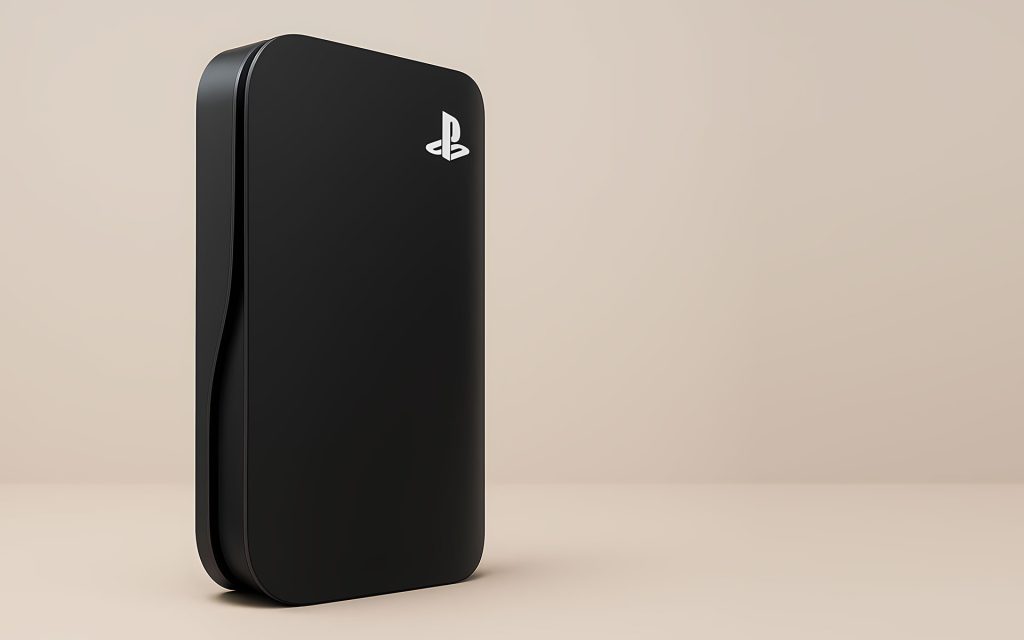
Even if all of this is accurate, there’s still a lot of important information about the PS6 “Orion” system we do not know yet, such as the amount of system memory, the CPU/GPU operating frequencies and the presence or absence of a dedicated AI acceleration unit (NPU) to name but a few. Tom of Moore’s Law Is Dead also noted that this leaked information comes from 2023 and 2024 AMD or Sony internal documents, so a number of changes to these specs may have already been made or will be made before the PS6 hardware is finalized.
This approach does sound, though, like one that a company like Sony would follow: it would mean that the next PlayStation’s manufacturing costs would not be unreasonably high (they might be lower than those of the original PS5 even), allowing for maximum flexibility in terms of pricing come launch time.
Sony seems to acknowledge that a modestly more capable PS6 that’s attractively priced is preferable to a $1000 PS6 powerhouse.
As for when that might be, Moore’s Law Is Dead believes that manufacturing of the PS6 is planned to start at some point in mid-2027. The Q2-Q3 2027 time frame for the manufacturing of the PS6 would probably lead to a November/December 2027 or February/March 2028 launch window, depending on a number of different factors. It is, basically, in line with what most of us expected given Sony’s 7-year cycle set by the PS4.
The PS6 handheld console codenamed “Canis”
The other upcoming Sony device Moore’s Law Is Dead published early information about is none other than the new PlayStation portable mentioned in a Bloomberg report almost a year ago. While some were expecting the Japanese company to try “shrinking” the PS5 into a weaker, less power-hungry handheld version of it, Sony seems to have made the smart and right choice: that device, codenamed “Canis”, will be based on the same general AMD architecture “Orion” will rely on, adjusted for and aligned to the needs of a portable system.
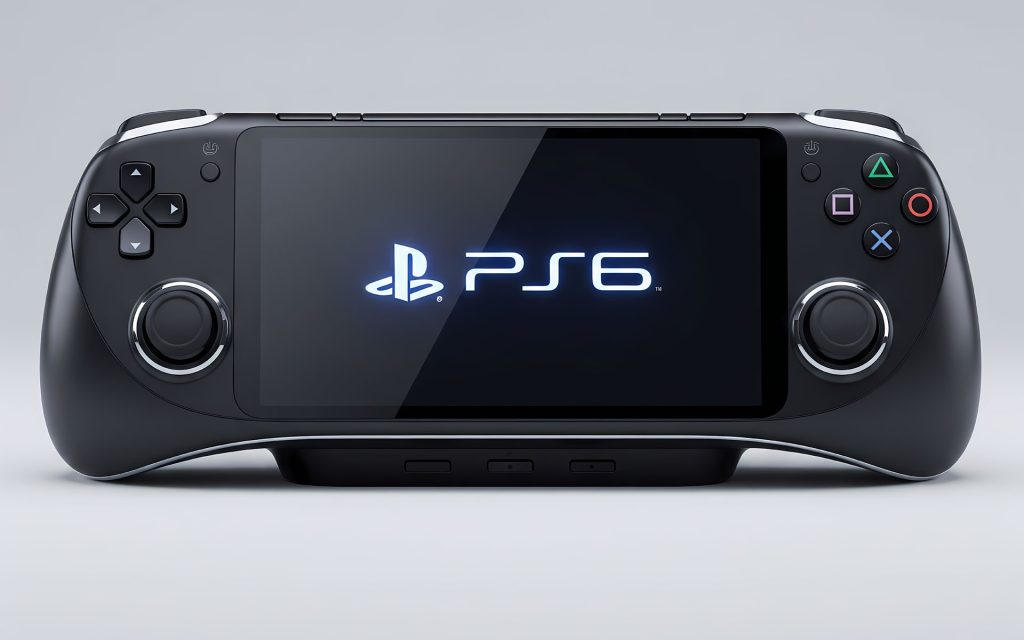
PlayStation “Canis”, according to Moore’s Law Is Dead, will feature a CPU of 4 Zen 6 cores and a GPU of 12-20 RDNA 5 compute units, all working over an 128-bit bus along with an unknown amount of high-performing LPDDR5X memory. The comparatively low core/compute unit count should still deliver around half the performance of the PS5 in raster graphics and more than that in raytraced ones, despite targeting a power envelope of just 15 Watts.
As seems to be the case with “Orion”, this modern, smarter AMD architecture – almost certainly including some form of AI upscaling too – will lead to better performance compared to what’s currently available in the handheld market. Crucially, “Canis” will also be compatible with PS4 and PS5 games, the latter probably running at the equivalent of the recently announced Power Saver Mode coming to the current PlayStations soon.
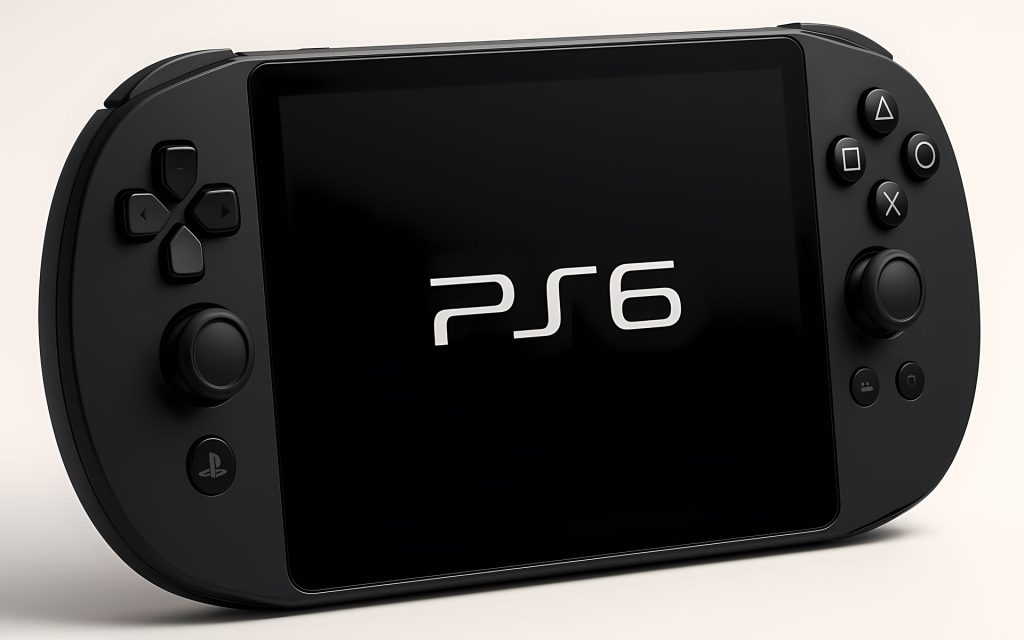
Speculation around this new PS5 power mode has been nothing short of wild lately – but, if it’s indeed paving the way for a PS6 handheld like “Canis”, then it would make a lot of sense for game developers. Moore’s Law Is Dead claims that “Canis” also includes a touchscreen, a microSD memory card slot and an M.2 SSD slot, dual microphones, haptic vibration, even video-out capabilities through a USB-C port (which would be most welcome).
It’s worth noting that manufacturing of “Canis” is allegedly also planned for mid-2027, just like “Orion”, meaning that Sony could either launch these two systems together or in quick succession during the same November/December 2027 or February/March 2028 time frame.
The PS6 handheld will supposedly have enough power to run PS5 games made compatible with Sony’s upcoming Power Saver Mode.
Since the manufacturing cost of “Canis” will be even lower than those of “Orion”, Sony will presumably be able to match or even undercut the Nintendo Switch 2 price-wise, depending on how aggressively it intends to market this PS6 handheld to the mainstream market.
A dual-device PS6 strategy that would benefit everyone
Based on the above – and assuming that the leaked information mentioned in the video of Moore’s Law Is Dead is accurate – it’s clear that Sony has put a lot of thought into how it can both take advantage of AMD’s planned advances in CPU/GPU design and follow current gaming market trends well into the future.
The company is betting that consumers will still be highly interested in traditional home consoles over the next decade, while also acknowledging that handhelds are here to stay – so it intends to release a direct successor to the PS5 but also compete with the Switch 2 and numerous other PC handhelds, leveraging its powerful PlayStation brand in both cases.
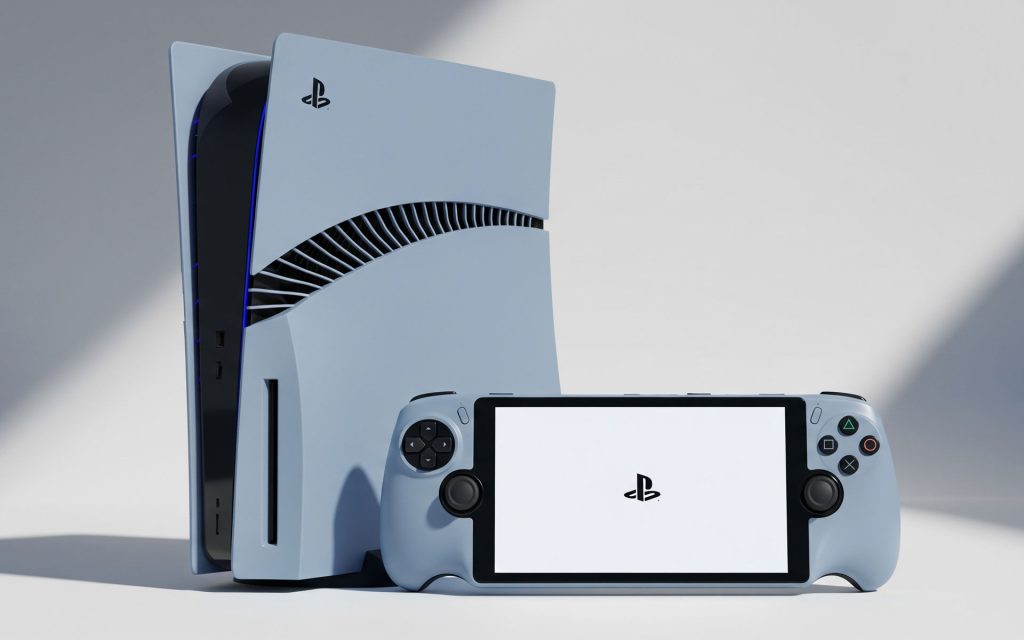
What Sony seems to be planning – if Moore Law Is Dead‘s information is accurate – is actually pretty smart: use a common hardware platform for a home console and a handheld console, allow the same games to run on them through performance scaling and/or visual adjustments, make both systems compatible with the vast PS4/PS5 game libraries and just let consumers choose between one or the other depending on their needs.
It’s an approach capable of keeping hundreds of millions of PlayStation players within Sony’s ecosystem of software and services while helping user engagement remain profitably high and working as a strong incentive for gamers who own one of these systems to also get the other at some point. Game developers, meanwhile, would have just two variations of basically the same platform to optimize for, making it easier for consumers to enjoy the same video games in different use cases in the process.
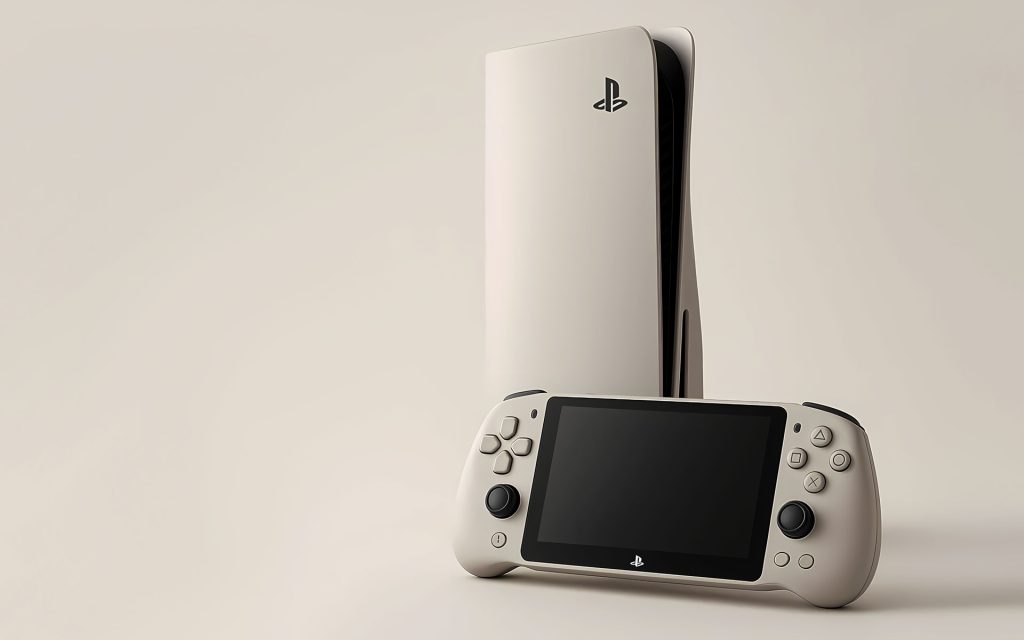
Since this possible two-device strategy would also make the very same games easy to port on PC – and further enhance them in terms of performance and/or graphics features – many commenters on the Web already believe that these information leaks truly point to Sony’s actual PS6 plans for 2027. Last but not least: both PS6 variants should be able to remain within the traditional console pricing bracket of $399-$499 at launch, alleviating recent fears of gaming consoles approaching the $1000 mark after the PS5 Pro’s $700 price tag.
While there have been no other reports so far outlining the same strategy, Moore’s Law Is Dead has a proven record in the PlayStation space, having correctly described in detail the specs of the PS5 Pro months before its unveiling or, more recently, Sony’s Power Saver Mode function for the PS5 and the possible reason behind it.
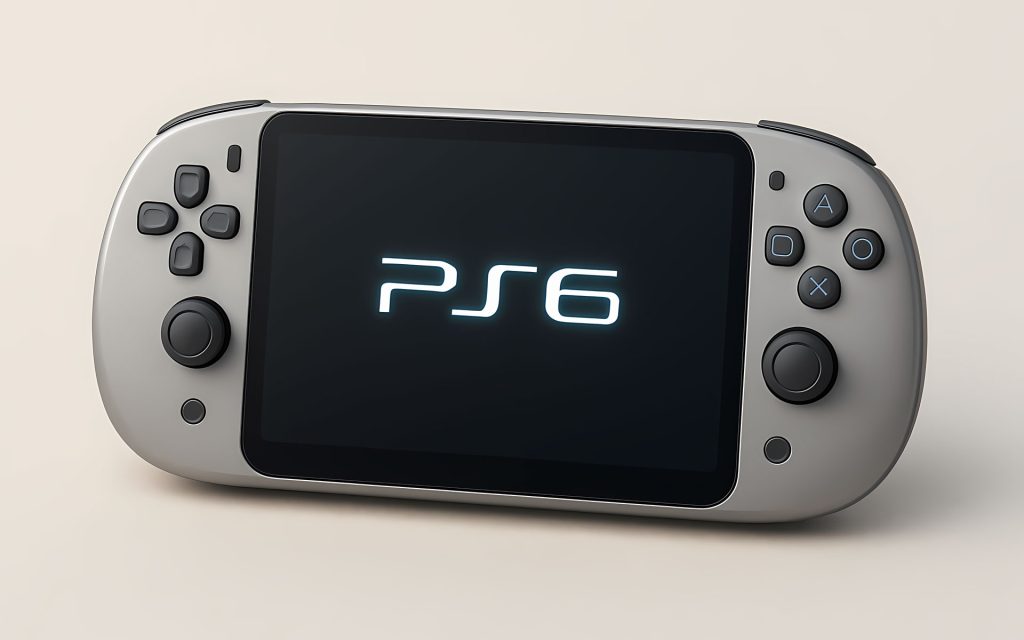
These are certainly fascinating possibilities to consider even if it’s way too early to discuss anything else pertaining to a typical new PlayStation launch, such as possible price points, exact release dates or initial game line-ups extensively. But if Sony follows the same 7-year pattern it did in the case of the PS4 and the PS5, then at least one PS6 system – or maybe even two! – could be less than 30 months away. It does not sound that long when one puts it like that, does it?


















